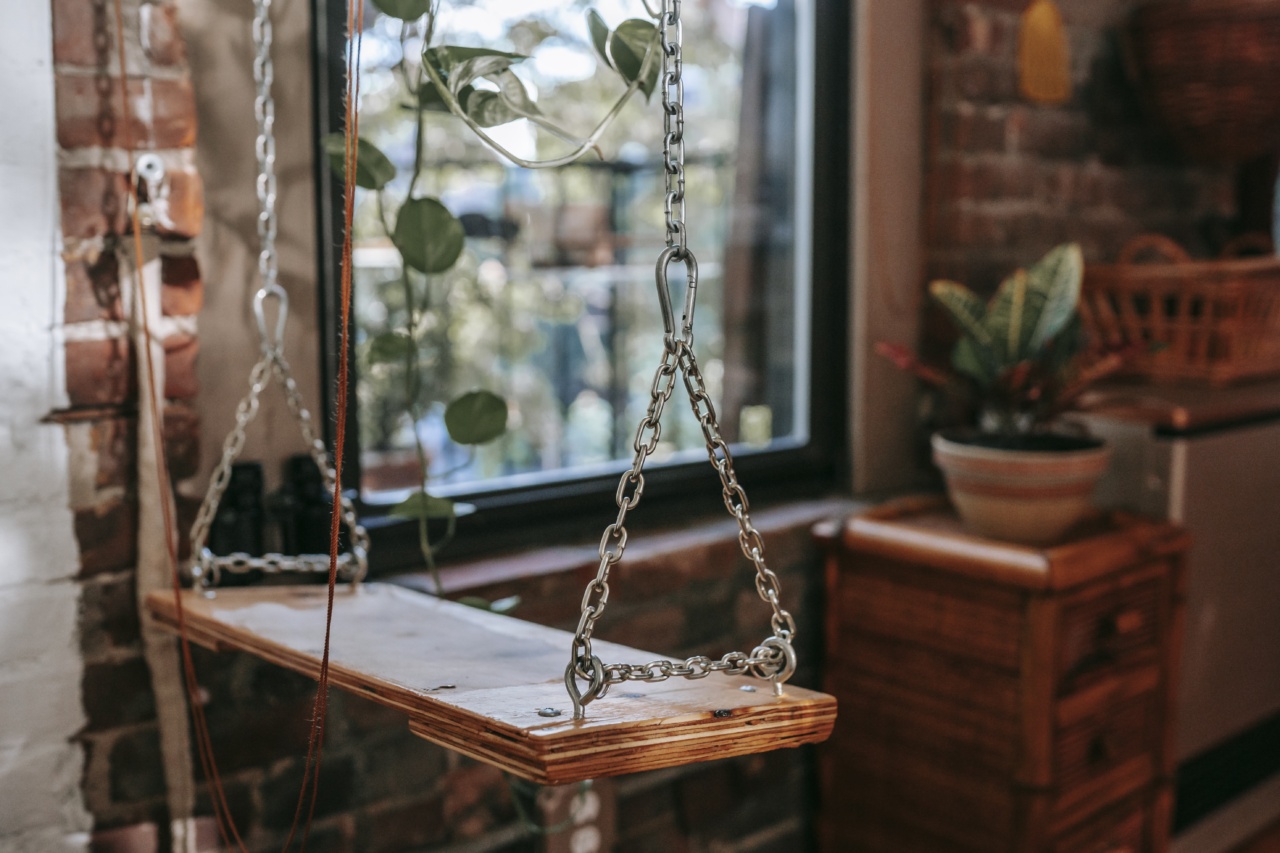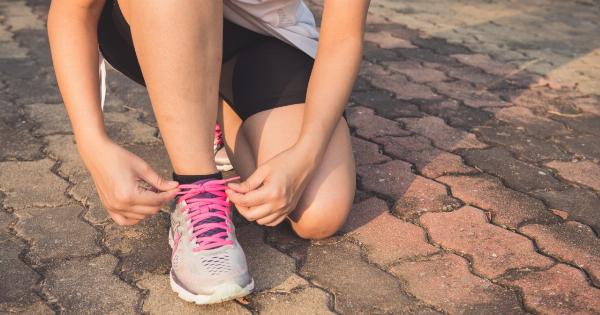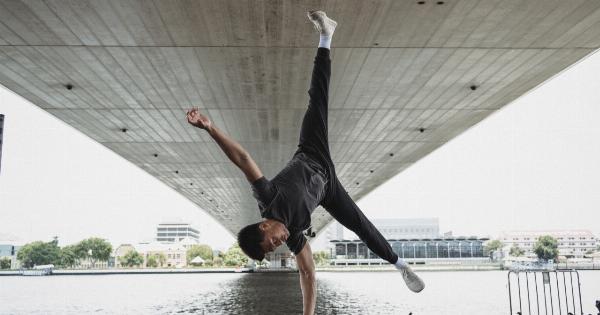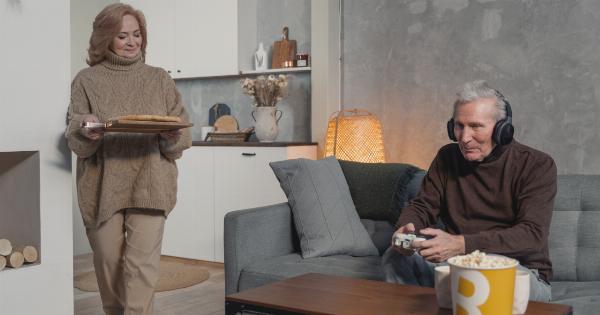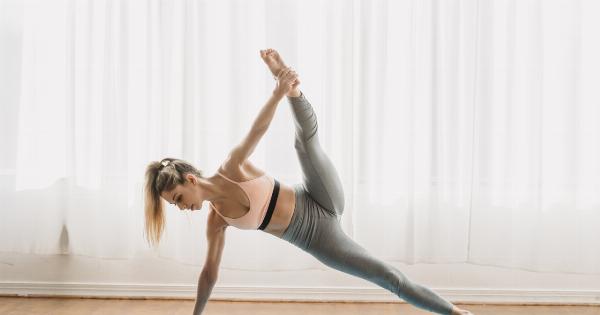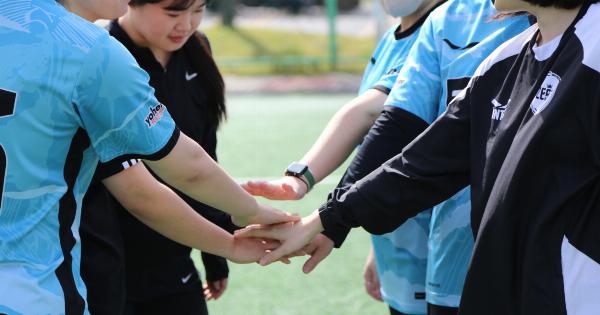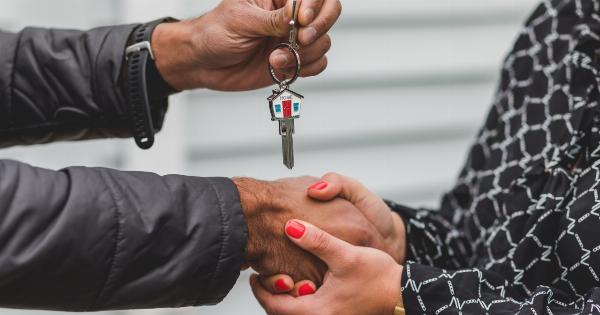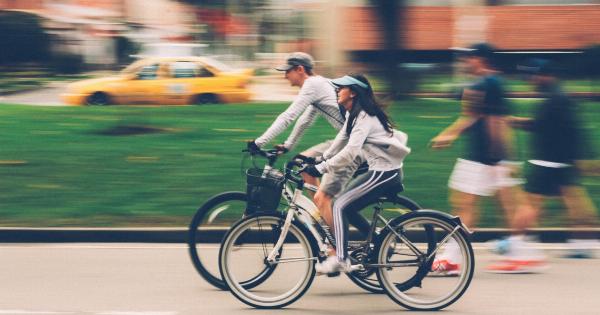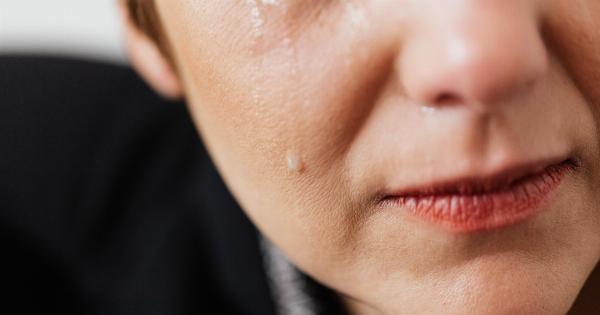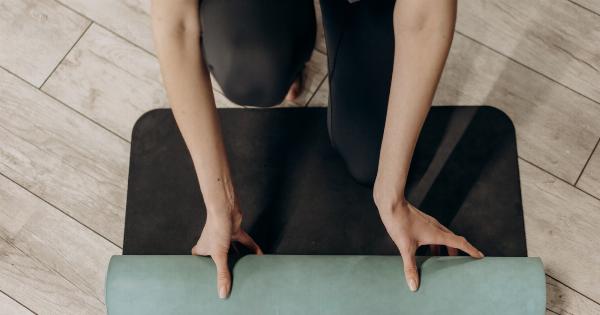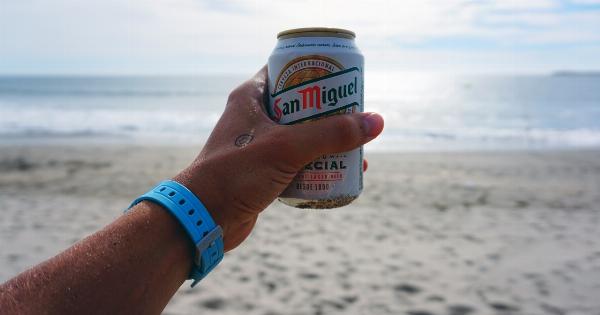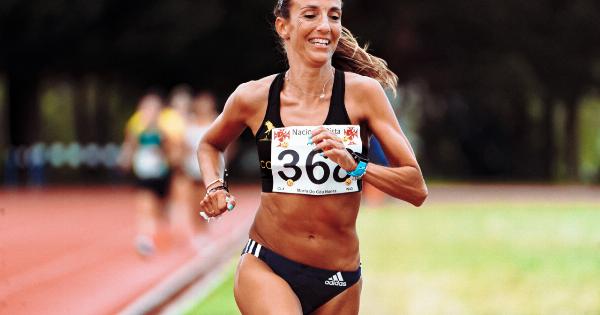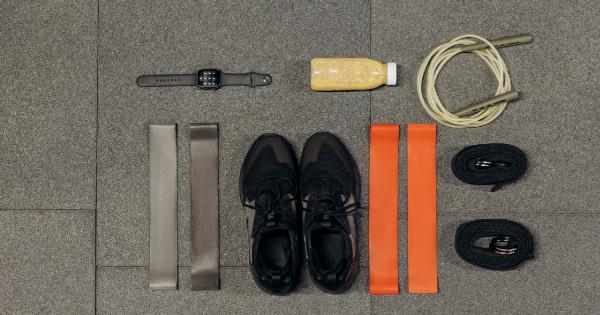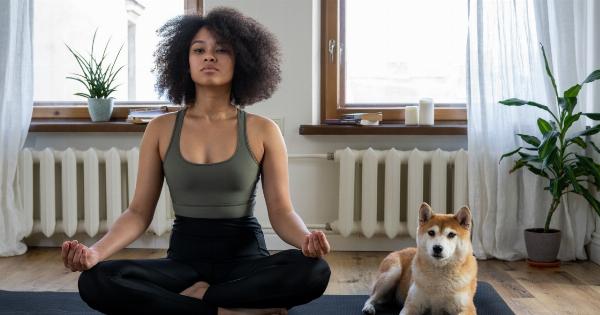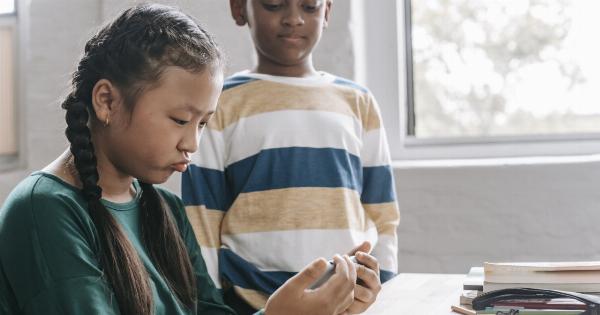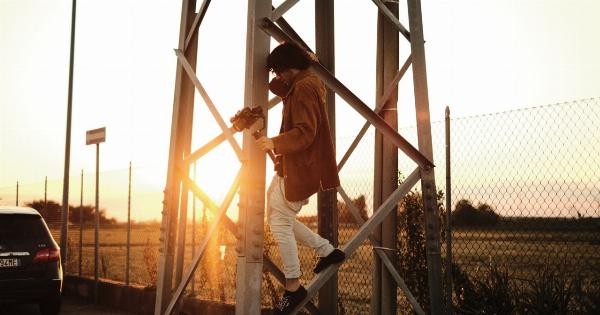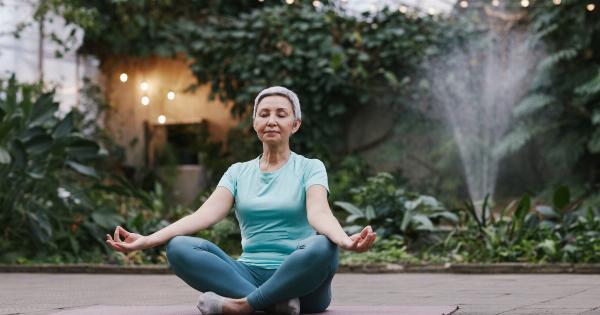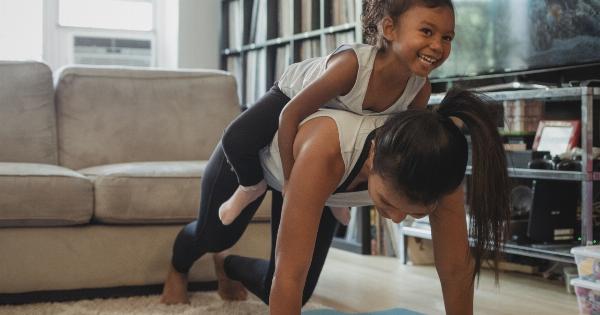As we age, our bodies undergo a series of changes that affect our ability to perform everyday activities. One of the most basic activities we perform on a daily basis is tying our shoelaces.
It seems like a simple task, but as we age it can become increasingly difficult to do. In fact, studies have shown that there is a strong link between the ability to tie shoelaces and overall physical aging.
Why is tying shoelaces so important?
Tying shoelaces requires a combination of several different physical abilities. First, it requires hand-eye coordination to see where the laces are going and where they need to be tied.
Next, it requires finger dexterity and strength to manipulate the laces and tie them properly. Finally, it requires balance and coordination to maintain a stable position while tying the laces.
As we age, these physical abilities can begin to decline. We may experience a loss of flexibility and dexterity in our fingers, making it harder to manipulate the laces.
Our visual acuity may also decline, making it harder to see where the laces are going and where they need to be tied. Additionally, problems with balance and coordination can make it harder to maintain a stable position while tying the laces.
Studies on shoelaces and aging
Several studies have looked at the relationship between shoelaces and aging.
One study published in the Journal of the American Geriatrics Society found that the ability to tie shoelaces was strongly correlated with physical performance and functional ability in older adults. The study involved 136 participants aged 60 to 96 years old, and found that those who were unable to tie their shoelaces were more likely to have lower scores on tests of physical performance and activities of daily living.
Another study published in the Journal of Foot and Ankle Research found that there was a significant difference in the time it took to tie shoelaces between older and younger adults.
The study involved 120 participants aged 18 to 78 years old, and found that older adults took significantly longer to tie their shoelaces than younger adults.
What can we do to maintain our ability to tie shoelaces?
Fortunately, there are several things we can do to maintain our ability to tie our shoelaces as we age. First, we can work on maintaining our hand-eye coordination and finger dexterity through exercises and activities that challenge these abilities.
This can include playing games that require fine motor skills, such as card games or puzzles.
We can also work on maintaining our balance and coordination through exercises such as yoga or tai chi. This can help us maintain a stable position while tying our shoelaces and reduce the risk of falls or injuries.
Additionally, it’s important to maintain overall physical fitness through regular exercise, as this can help improve our physical abilities in a variety of areas.
Alternatives to traditional shoelaces
For those who are unable to tie traditional shoelaces due to age or physical limitations, there are several alternatives available. One option is to use elastic shoelaces, which can be easily slipped on and off without the need to tie them.
Another option is to use shoes with Velcro closures, which can be easily secured without the need for laces.
There are also several types of adaptive shoelaces available that are designed specifically for people with physical limitations.
These include shoelaces that can be tied with one hand or even no hands at all, as well as shoelaces that can be secured with magnets or other types of fasteners.
The importance of maintaining physical abilities as we age
The link between shoelaces and aging may seem like a small issue, but it highlights the importance of maintaining our physical abilities as we age.
Being able to perform basic activities such as tying our shoelaces can have a big impact on our overall quality of life. By staying active and engaging in activities that challenge our physical abilities, we can improve our overall health and well-being as we age.
Conclusion
Tying shoelaces may seem like a simple task, but as we age it can become increasingly difficult to do. Studies have shown that there is a strong link between the ability to tie shoelaces and overall physical aging.
Fortunately, there are several things we can do to maintain our ability to tie our shoelaces as we age, including exercises and activities that challenge our physical abilities and alternatives to traditional shoelaces. By staying active and maintaining our physical abilities, we can improve our overall health and well-being as we age.
